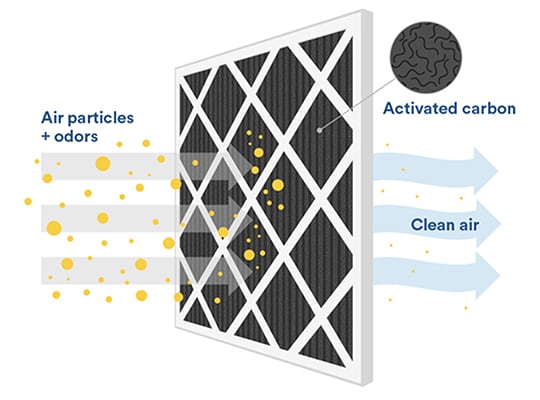It's Arthur here !
As the snow melts and the flowers begin to bloom, many people look forward to the arrival of spring. However, with the warmer weather comes an increase in pollen and other allergens, making this time of year particularly difficult for those who suffer from allergies or asthma. Fortunately, there is a solution: air purifiers. In this article, we'll explore why you need an air purifier, the different types of air purifying technology, and how to choose the right air purifier for your home.
Why Do You Need an Air Purifier?
Air purifiers are designed to clean the air in your home, removing pollutants such as dust, pollen, and other allergens. They are especially helpful for people who suffer from allergies or asthma, as well as for those who live in areas with high levels of air pollution. By removing these harmful pollutants, air purifiers can help improve your overall health and well-being.Different Types of Air Purifying Technology
There are several different types of air purifying technology, each with its own strengths and weaknesses. Here are some of the most common types of air purifying technology:
Choosing the Right Air Purifier for Your Home
When choosing an air purifier, there are several factors to consider, including the size of your room, the type of pollutants you want to remove, and your budget. Here are some tips to help you choose the right air purifier for your home:
Choose the right size:
Air purifiers come in different sizes, so it's important to choose the right size for your room. Measure the square footage of your room and choose an air purifier that is designed for that size.
Consider the type of pollutant:
If you suffer from allergies or asthma, a HEPA filter is recommended. If you have pets or smokers in your home, an activated carbon filter is ideal.
Look for a reputable brand:
Look for air purifiers from reputable brands with good customer reviews.
Consider your budget:
Air purifiers can range in price from $50 to $500 or more. Consider your budget and choose an air purifier that fits within your price range.
In conclusion, an air purifier is a great investment for maintaining a healthy home environment. They come in different types and use different air purifying technologies to suit your specific needs. From HEPA filters to activated carbon filters, air purifiers effectively remove pollutants and allergens from the air, ensuring that you and your family breathe clean, fresh air. Additionally, there are several ways you can improve the air quality in your home, such as regularly changing your HVAC filters, keeping your home clean, and avoiding harmful chemicals.
Do you have any other tips for maintaining clean air in your home? Let us know in the comments below!
#airpurifier #indoorairquality #cleanair #healthylifestyle #allergies #asthma #airpollution #airfilter #airquality #homeimprovement #gadgets #tech #springcleaning





Comments
Post a Comment